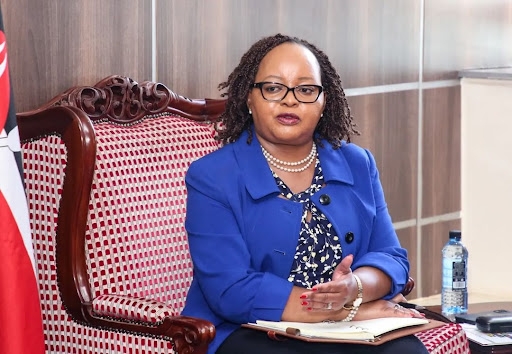Kenya is among 15 countries listed to benefit from more than Sh69 billion in the fight against malnutrition and wasting in children.
The 15 countries have been identified as having the highest burden of wasted children, with Unicef warning that each minute a child is being pushed into severe malnutrition.
Wasting is the most life-threatening form of undernutrition in early childhood and it increases children’s risk of death by up to 12 times.
This has been occasioned by climate-driven drought, conflict and rising food prices globally.
This has pushed governments, philanthropies and private donors to pledge more than Sh69 billion in response to the deepening child malnutrition crisis.
Some of those who have pledged include the UK, Canada, the Aliko Dangote Foundation and the Bill & Melinda Gates Foundation.
Unicef estimates that at least 942,500 children aged between six months and five years in Kenya are urgently in need of therapeutic treatment for acute malnutrition.
More than 229,000 (24 per cent) of these children wasted while 455,000 are living in severe food insecurity.
This means they lack access to enough food to meet minimum food needs, leaving them at high risk of severe wasting.
“We cannot stand by and let children die – not when we know how to prevent, detect and treat severe wasting,” Unicef executive director Catherine Russell said.
The leaders came together at a high-level event during the 77th annual United Nations General Assembly to address the growing food crisis.
The other countries most affected by the malnutrition crisis are Afghanistan, Burkina Faso, Chad, Democratic Republic of the Congo, Ethiopia, Haiti, Madagascar, Mali, Niger, Nigeria, Somalia, South Sudan, Sudan and Yemen.
The 15 countries account for eight million children with severe wasting and 27 million children living in severe food insecurity.
The data shows the other East African countries have an even higher burden with South Sudan having 302,163 wasted children, 386,400 in Somalia, 649,950 in Sudan and 1,213,870 in Ethiopia.
The fund will go towards early prevention, detection and treatment of child wasting, and increase access to life-saving ready-to-use therapeutic food and other essential nutritious commodities.
“The majority of children facing severe malnutrition; nearly two-thirds of children who need treatment live in places not currently in crisis, places that don’t normally receive humanitarian aid,” USAID administrator Samantha Power said.
“We are working to change that, to recognise that treatment for severe malnutrition is not solely a humanitarian need, but in some places, a development requirement, too,” Power said.
In June, Unicef included the 15 countries in an acceleration plan to help avert an explosion of child deaths and mitigate the long-term damage of severe wasting.
Severe wasting is where children are too thin for their height and is the most visible and lethal form of undernutrition.
Experts warn that weakened immune systems increase the risk of death among children under five by up to 11 times compared to well-nourished children.
Of concern is that the price of ready-to-use therapeutic food to treat severe wasting has soared by 16 per cent in recent weeks due to a sharp rise in the cost of raw ingredients.
As a result, more than 600,000 additional children have been left without access to life-saving treatment and at risk of death.
(edited by Amol Awuor)











